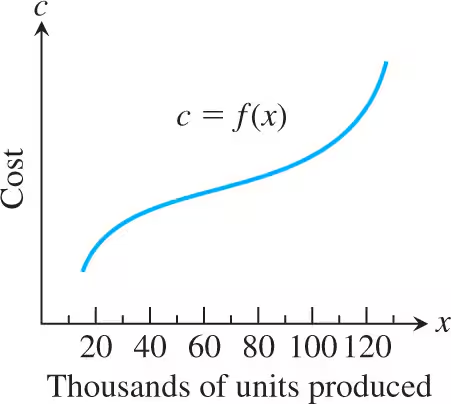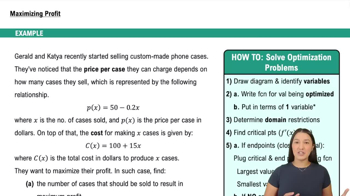117. Suppose that the second derivative of the function y = f(x) isy" =(x+1)(x-2).
For what x-values does the graph of f have an inflection point?

 Verified step by step guidance
Verified step by step guidance Verified video answer for a similar problem:
Verified video answer for a similar problem:



 6:38m
6:38mMaster Determining Concavity from the Graph of f with a bite sized video explanation from Patrick
Start learning